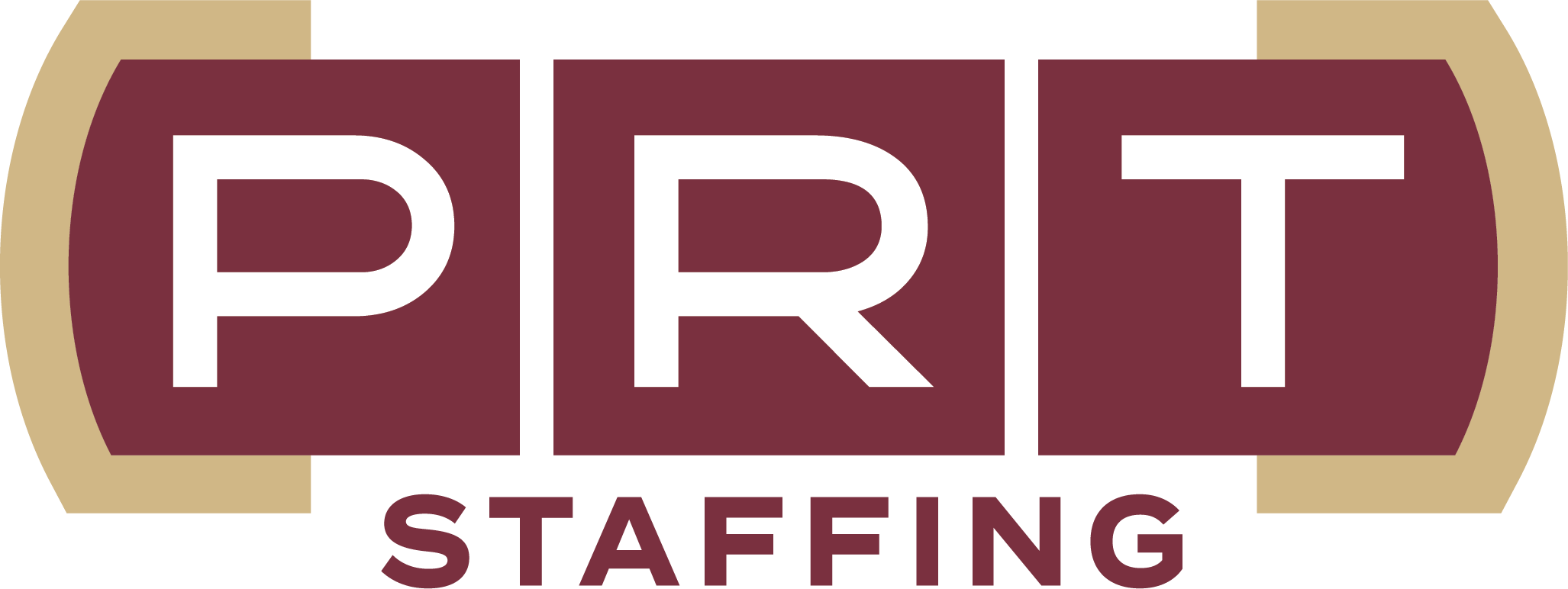Promoting Mental Wellness: SHRM's Guide for Healthier Workplaces
In today's post-pandemic work environment, ensuring the mental well-being of employees has become increasingly vital.
While mental health has always been a pressing societal and workplace issue, prior to the pandemic, it was an often undiscussed aspect of employee health with those facing challenges often feeling stigmatized or unsupported.
“Mental health problems have been a silent killer in the workplace long before the coronavirus pandemic. Workers have long complained about anxiety, depression, and other mental health problems stemming from poor work conditions, burnout, and physical health challenges,” says Corporate Wellness Magazine. “This burden of mental health problems in the workplace kills workers' productivity and stunts company profits.”
SHRM Addresses a $1 Trillion Issue: Mental Health
It’s an issue that employers, as well as employees, need to take seriously as the World Health Organization (WHO) estimates that more than half the world’s population is currently working and 15 percent of working-age adults live with a mental disorder.
“Without effective support, mental disorders and other mental health conditions can affect a person’s confidence and identity at work, capacity to work productively, absences, and the ease with which to retain or gain work. Twelve billion working days are lost every year to depression and anxiety alone,” says WHO. “Mental health conditions can also impact families, careers, colleagues, communities, and society at large. Depression and anxiety cost the global economy US$ 1 trillion each year predominantly from reduced productivity.”
To address this issue, the Society for Human Resource Management (SHRM) and the SHRM Foundation have taken substantial steps to address this issue by releasing their new guidebook, "Mental Health in Your Workplace."
In addition to this guide, their research provides valuable insights into the state of mental health and well-being in the workplace.
The New Guide: "Mental Health in Your Workplace"
The SHRM published its new mental health guidebook in March of 2023, building on the SHRM Foundation's Mental Health in America: A 2022 Workplace Report, released in April 2022.
The “Mental Health in Your Workplace” guidebook provides HR practitioner recommendations from workplace environmental assessment to implementing resource metric benchmarks for implementation measurement. The handbook provides questions to ask, regardless of organization size, to create more transparent, mentally healthier workplaces.
Highlights Include:
- Bridging the Gap in Mental Health Understanding: The guidebook is a significant addition to the SHRM Foundation's commitment to improving mental health in the workplace. It addresses a critical need in organizations - the understanding of how to support and promote mental health among employees.
"This mental health guide is just the next step in a critical campaign that the SHRM Foundation is taking part in," said Wendi Safstrom, president of the SHRM Foundation. "Our research showed that nearly 1 in 3 respondents didn't know which benefits to provide, and roughly 1 in 5 stated that their organization was unsure how to find or choose a plan. This guide helps bridge that gap." - A Framework for Mental Health Strategy: The guidebook serves as a valuable framework for HR professionals to tailor mental health strategies according to their organization's specific needs. It helps in assessing critical requirements, targeting key groups, and offering incentives to shift workplace culture. This comprehensive tool is structured around six parts, empowering HR professionals to assess their baseline, implement resources, and learn best practices for evaluation.
- The Three Levels of Workplace Mental Health: “Workplace mental health can be looked at from three levels: company-wide, peer to peer and individually," said Jacqueline Brassey, Co-Leader of Employee Health, McKinsey Health Institute. "If there is a misalignment in any of these three areas, organizations will likely see the impacts in their employee mental health outcomes, despite existing benefits or individual advocacy efforts."
- Supporting Mental Wellness: For organizations uncertain about how to support their employees' mental health, this guide provides an essential first step to defining goals and identifying initial needs. "Mental Health in Your Workplace" complements other initiatives, including the Workplace Mental Health Ally certificate program and the 2022 SHRM and Thrive Global #MentalHealthPledge. These resources equip HR professionals with effective mental wellness strategies to implement.
Research Insights: 2023 State of Mental Health & Well-Being
The SHRM new guidebook was released in conjunction with research by the SHRM over the last year that shows that mental health challenges persist in the workplace, with younger generations being particularly affected.
Among the SHRM research highlights on mental well-being in the workplace:
- Generational Differences: The research shows stark generational differences in how mental health challenges are experienced. A significant percentage of Generation Z and Millennial employees report experiencing stress, depression, and feelings of disengagement related to their jobs. These findings underscore the growing need for mental health support tailored to the unique challenges faced by younger workers.
- Workplace Impact on Personal Life: Work-related stress and burnout don't just affect employees during office hours; they spill over into their personal lives. Many employees report low energy and exhaustion at the end of the workday, impacting their ability to participate in non-work activities. This phenomenon is especially prevalent among younger workers, further emphasizing the need for comprehensive support.
Employee Burnout: Mitigating Workplace Exhaustion
Workplace exhaustion is a prevalent issue affecting many employees. Women and younger employees are particularly at risk, with a significant percentage reporting low energy to engage in non-work activities.
This emphasizes the vital role of employers in mitigating the negative effects of workplace exhaustion.
SHRM Research indicates that employees value various forms of support for their mental health, including:
- U.S. workers say paid mental health days (beyond sick days) would best support their mental health (58 percent).
- Employees suggest that employers provide mental health coverage as part of their employee health plan or provide free or subsidized virtual mental health services (35 percent).
- Workers want yoga/mindfulness classes (26 percent).
- Employees are willing to use mental health apps (21 percent).
- Workers suggest mandatory mental health training for employers or managers (16 percent).
As the discussion around mental health in the workplace gains momentum, the initiatives by SHRM and the SHRM Foundation are vital steps toward creating supportive and inclusive work environments.
Their guidebook, research, and resources provide practical tools and insights for HR professionals and organizations to prioritize mental health and foster a workplace culture that promotes well-being.





